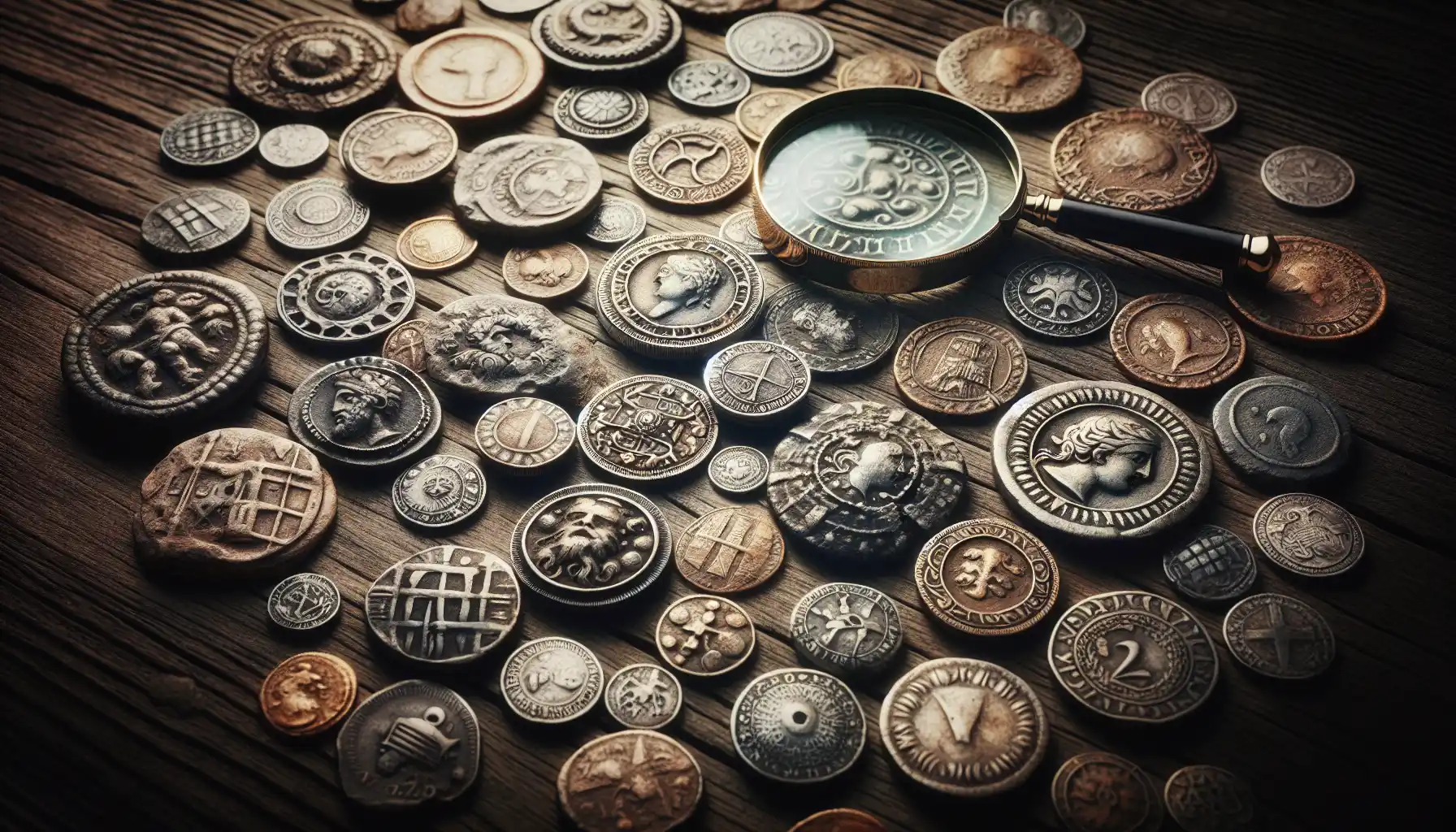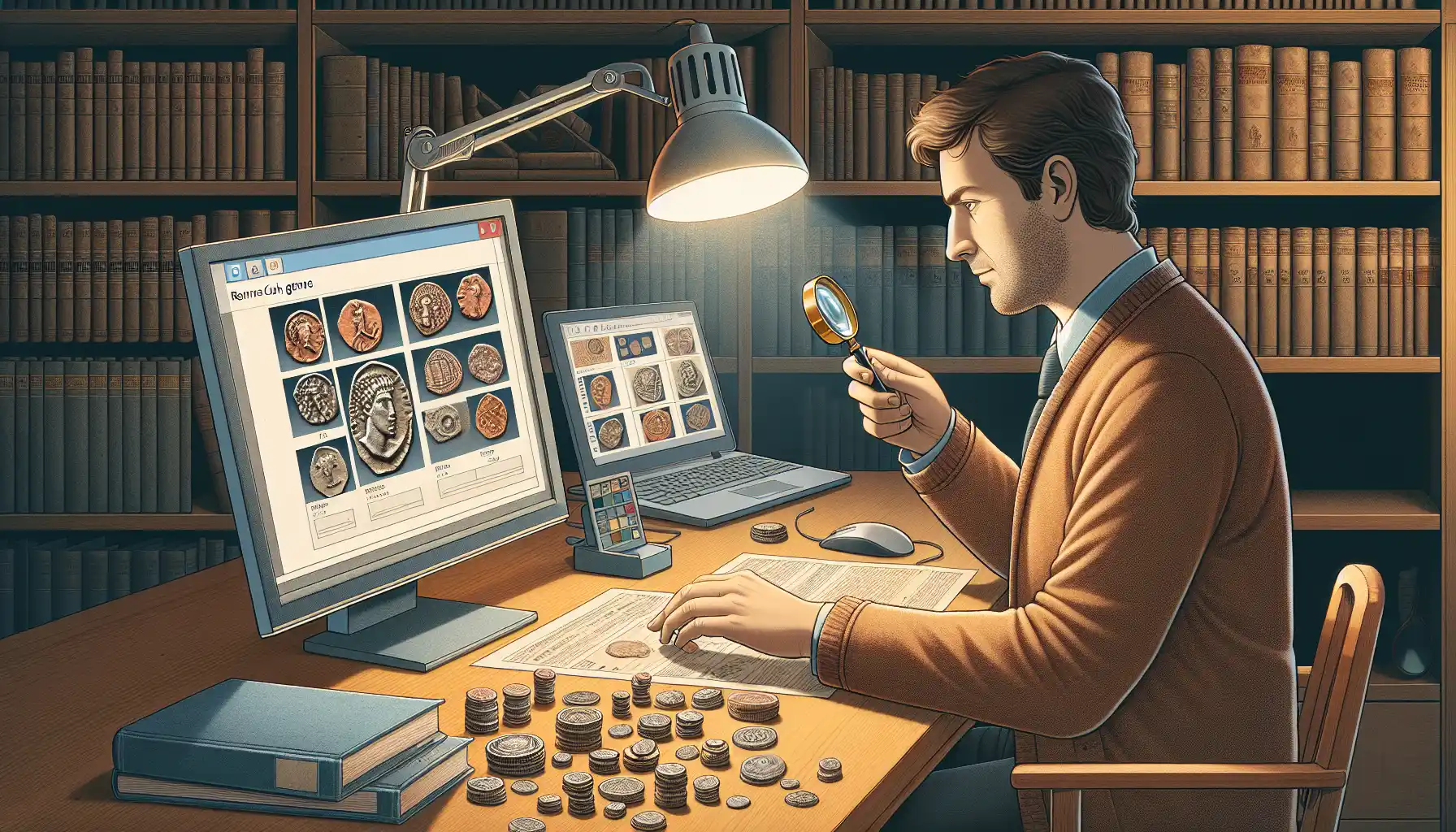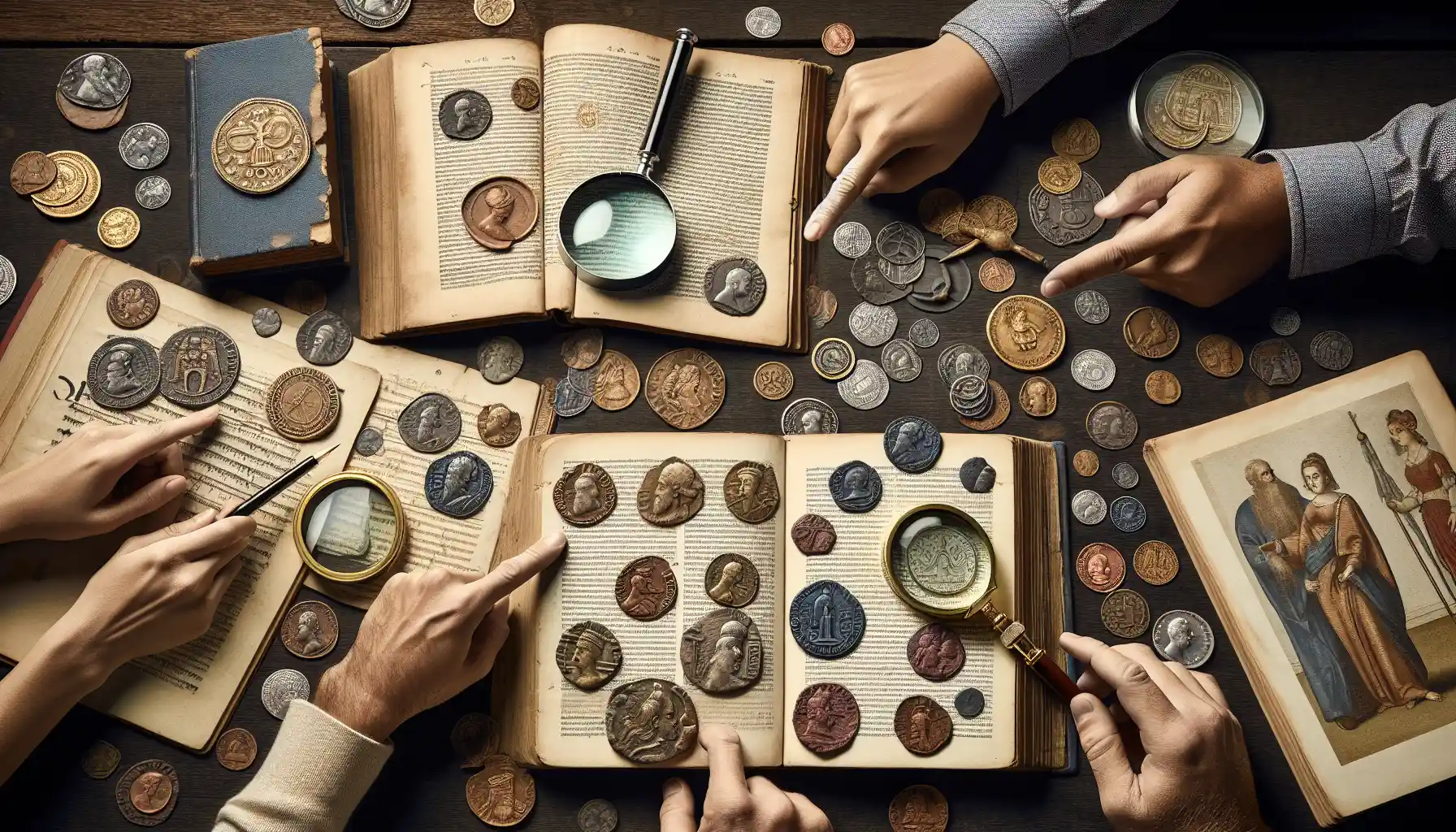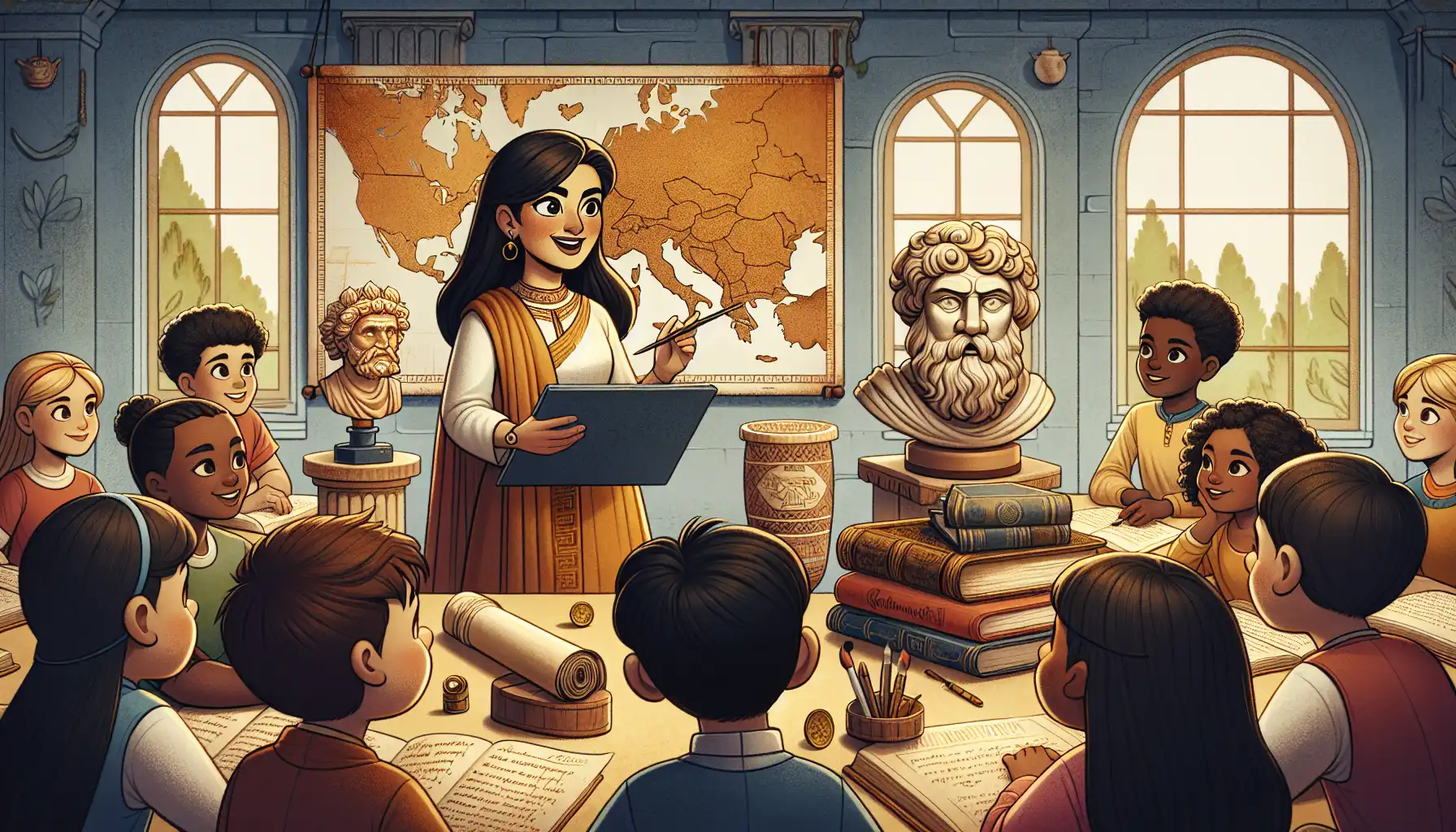Crafting Authentic Historical Settings Using Real Coin Evidence
Understanding the Importance of Coins in Historical Contexts
Unveiling the Stories Hidden in Ancient Coins
Imagine holding a coin that jingled in the pocket of a Roman merchant or was exchanged in the dusty markets of ancient Mesopotamia. Coins are not just cold, hard metal—they’re miniature time capsules. Their designs, inscriptions, and materials reveal vivid stories about the lives of people who used them.
Take, for example, a worn bronze coin from the Byzantine Empire. Its edges might be uneven, its surface tarnished, but every mark whispers something. The emperor’s face, stamped with painstaking detail, speaks of political power. The symbols etched around him? They could represent victories, gods, or even the empire’s reach.
Here’s why coins are such a treasure trove for historians:
- Dates and rulers: Coins often include dates or names, anchoring them to specific moments in history.
- Trade routes: The materials—silver, gold, or copper—hint at where resources were sourced and how far they traveled.
Now picture weaving these clues into your historical setting. Instead of guessing what life looked like centuries ago, let coins guide you. They don’t just fill gaps—they burst them wide open, pouring out glimpses of a past that feels suddenly, thrillingly real.
Analyzing Real Coin Evidence for Historical Accuracy

Unveiling History Through the Stories of Coins
Step into the shoes of a time traveler, holding a tangible fragment of the past—an ancient coin. These small yet weighty artifacts have an uncanny ability to whisper secrets from centuries ago. Imagine clutching a worn Roman denarius, its edges smoothed by countless hands exchanging it for goods or services. Suddenly, history feels less like dusty pages in a textbook and more like a living, breathing narrative.
Coins are more than just currency; they’re storytellers. They carry clues about rulers, trade routes, and even societal values. For instance, the intricate imagery of a Byzantine solidus might feature an emperor clad in ceremonial armor, proclaiming his authority to anyone who dared to doubt it. These designs weren’t just art—they were propaganda, a declaration of power etched in metal.
- Mint marks: revealing where coins were produced.
- Alloys and materials: hinting at economic conditions of the time.
- Wear patterns: showing how heavily a coin circulated—and where.
Every scratch, every faded edge tells its own chapter in the grand saga of human civilization.
Techniques for Incorporating Coin Evidence into Historical Settings

Breathing Life Into History with Coins as Storytellers
Imagine holding a coin minted centuries ago—its surface worn, its edges nicked, yet still carrying the whispers of hands that exchanged it. That single artifact is a time capsule, a storyteller waiting to enrich your historical setting. Coins aren’t just currency; they’re the fingerprints of past civilizations. They speak of empires that rose and fell, trade routes that connected worlds, and the daily lives of people who once held them close.
When weaving coins into your historical narrative, think beyond their monetary value. A tarnished Roman denarius could hint at an empire's far-reaching influence, while a medieval groat might reveal the struggles of a commoner trying to make ends meet. Coins also carry hidden messages: inscriptions, monarch portraits, or even the choice of metal can scream volumes about politics, religion, or economic strife.
- A chipped copper coin might suggest scarcity in a famine-stricken village.
- A pristine gold sovereign could symbolize wealth flaunted by an aristocrat.
By letting coins anchor your settings, you don’t just add realism—you ignite curiosity. They ground your world in authenticity, all while sparking the imagination of anyone stepping into it.
Common Challenges and Solutions in Using Coin Evidence

Breathing Life Into History Through Coins
Imagine holding a coin in your hand—its edges worn smooth by countless fingers, its surface etched with the whispers of an ancient world. Coins are more than metal; they’re time capsules, carrying stories of trade routes, power struggles, and everyday lives. But when it comes to using these tiny artifacts to recreate authentic historical settings, things can get a little tricky.
For one, how do you ensure your setting reflects the *real* use of coins during that era? Let’s say you’re working on a 14th-century European market scene. Were silver groats exchanged for bread? Or was barter still king? Researching regional currencies, denominations, and even counterfeiting trends of the time can bring your setting to life.
And then there’s the issue of wear and tear. Not every coin gleamed fresh from the mint. Some bore the scars of heavy circulation—faded inscriptions, dents, or clipped edges. If your narrative doesn’t acknowledge this, it might feel oddly sanitized.
- Study contemporary hoards for insight into what coins were in circulation together.
- Consider how economic upheavals (plagues, wars) affected the flow of currency.
Coins aren’t just details; they’re the pulse of history.
Enhancing Storytelling Through Authentic Historical Details

Unearthing Stories Hidden in Coins
Imagine holding a coin in your hand—a small, unassuming artifact that has journeyed through centuries. It's more than just metal; it's a storyteller in disguise. Coins whisper tales of ancient markets bustling with life, of emperors asserting their dominance, and of common folk exchanging goods under the flicker of torchlight. They can breathe life into your historical settings like nothing else.
Why? Because coins are rich with details. Look closely:
- Symbols: A lion roaring or a ship sailing tells us about power, trade, or mythology.
- Dates: Pinpointing moments in time, anchoring your story in history.
- Languages: Latin inscriptions or Arabic script reveal cultural crossroads.
Picture this: your character nervously flips a worn coin engraved with the face of
Julius Caesar, its edges smoothed by countless hands. Instantly, the reader is transported to a Roman marketplace, feeling the tension of an empire on the brink of transformation. That’s the magic of weaving real coin evidence into your world—it doesn't just add detail; it electrifies the narrative.





